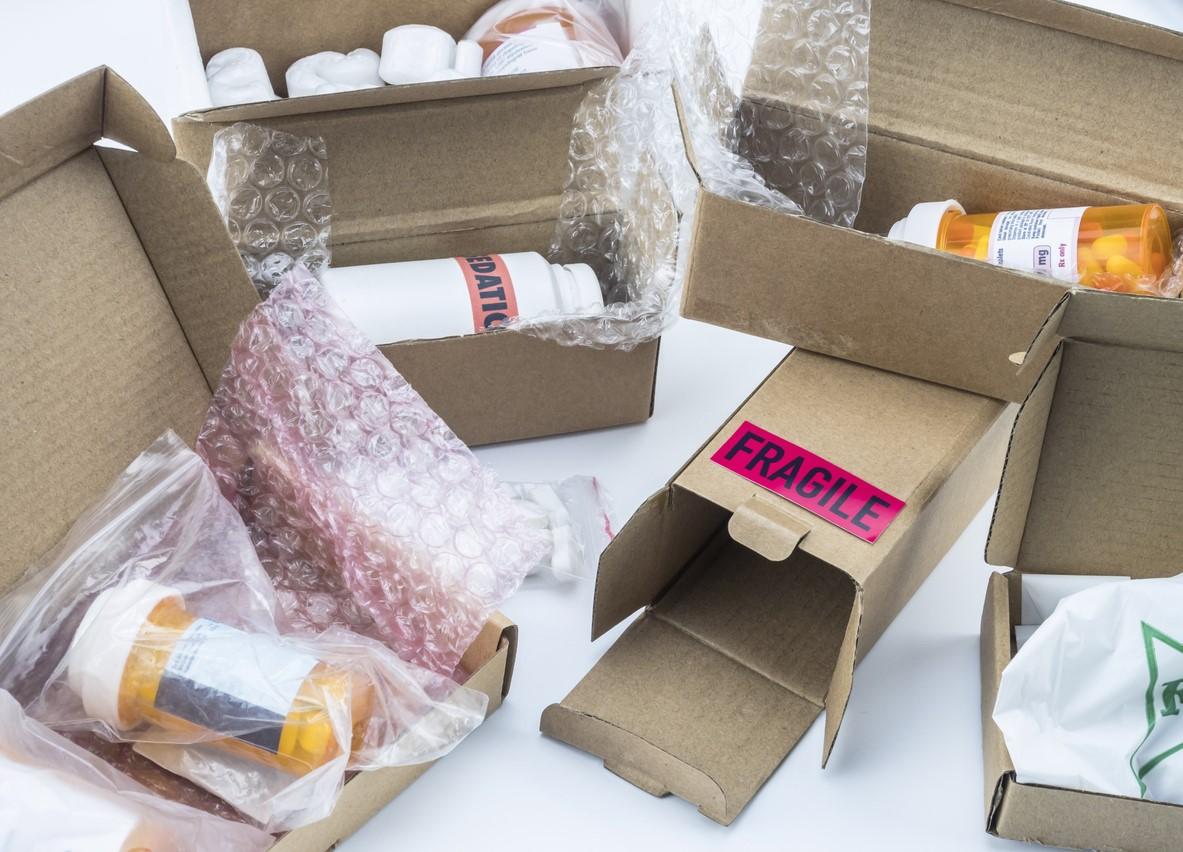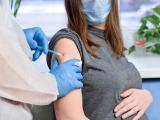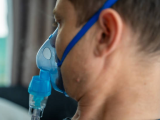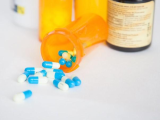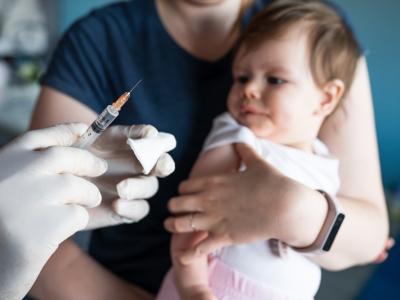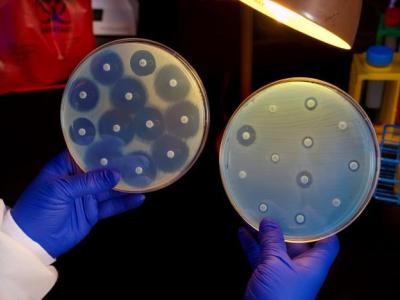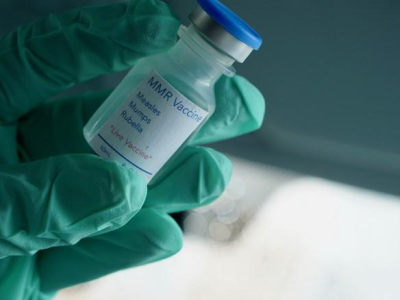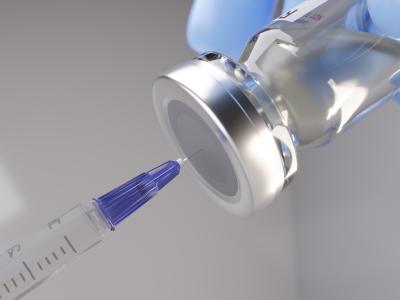In a new study funded by Pro Generika, a German pharmaceutical lobbying group, researchers determined that, as of Apr 30, 2020, 63% of the country's commonly used generic active pharmaceutical ingredients (APIs) came from Asia and 33% from Europe—almost a complete inverse compared with 20 years ago.
Findings of the report may hold lessons for US manufacturers, policymakers, and preparedness experts, especially in light of COVID-19, because the American market has similar shortcomings.
The researchers, from MundiCare Life Science Strategies, looked at the CEPs (or certificate of suitability of monographs of the European Pharmacopoeia) of 565 generic APIs needed for German patient care to determine the location of their manufacturing sites.
CEPs are to the European Directorate for the Quality of Medicines and Healthcare (EDQM) as the US drug master files (DMFs) are to the US Food and Drug Administration (FDA). Neither are mandatory, but they show that the product complies with the respective agency's standards while protecting proprietary information.
Europe's API manufacturing has remained stagnant
Back in 2000, the EDQM had 589 active CEPs, but the number has grown to almost 3,800 this year. While the CEP count exponentially grew during the first decade of the millennium (334% increase), even from 2010 onward, it has grown by 48%, all largely driven by Asian manufacturers.
In 2000, according to the report, 59% of the 589 CEPs used in Germany originated in Europe and 31% in Asia. In a reversal, 63% of the 3,786 CEPs are now from Asia while 33% are from Europe.
In an English excerpt of their paper the researchers write, "In Asia alone during this time span, the amount of CEPs increased by 1,200%. In Europe, however, overall growth amounted to only around 260%—equivalent to stagnation given the strong dynamism of the market."
Interviews with suppliers mostly put the onus on regulatory barriers and the price war. "There are very strict safety regulations in Europe to found a biotechnological company," one source says. "This leads to a high expenditure of time and high costs. These investments are not worthwhile given the competition." Another says, "There is high price pressure on the generics market through discount agreements. Hence, there are many generic companies forced to buy active ingredients cheaply in Asia."
(Quotes from the report are translated via Google Translate.)
According to EDQM, there have been a total of 459 manufacturers registered in Asia compared with 177 in Europe from 2000 to 2020, and the current makeup is 76% Asian and 24% European. Both continents have had manufacturer closures over the years, of course, but even that rate is unequal: 42% of European manufacturers have discontinued their CEPs, compared with 28% of Asian producers.
In a further analysis of individual APIs, the researchers suggest that the more recent an API enters the CEP process, the more likely it will be largely manufactured by Asian facilities.
Asia's market may be the dominant force for API sources, but the study also found that their locations could be susceptible to supply chain issues due to their distribution. China and India hold 80% of Asia's CEPs, with 75% of China's manufacturers hailing from five provinces and 90% of India's coming from only 4 of its 28 states. To further impress the idea of overall supply chain fragility, the researchers also noted that, for more than one-half the APIs examined, there were five or fewer CEPs listed in the EDQM database.
Reducing foreign dependence
Although MundiCare's study paints a picture of high dependence on foreign API sources, it does note that Europe's portfolio tends to center on more complex and/or small-volume APIs, such as tamoxifen, used in breast cancer therapy, or formoterol, which is used for breathing ailments such as chronic obstructive pulmonary disease and asthma.
The study also reports that Europe has the potential to expand API production because of the 1,260 CEPs that are still held in countries like Italy, Spain, Germany, and France.
Moving forward, the researchers advocate for tangible actions and investments to reduce dependence on foreign manufacturers. Recent examples of steps in the right direction, they say, include the partnership between Novartis and the Austrian government to reinvigorate Kundl—Europe's last vertically integrated antibiotics production chain—and Sanofi's API spin-off, which is to be headquartered in France.
Parallel US issues
Similar statistics around APIs have been debated in the United States, and the push for domestic drug production has been mentioned more and more often in books such as China Rx (2018) and during the COVID-19 pandemic and presidential election. In addition, the concentration of Asian sources in the "upstream" supply of APIs used in Germany is thought to overlap substantially with the upstream supply chain of US drug marketers.
In testimony to the House Committee on Energy and Commerce and the Subcommittee on Health in Oct 2019, Janet Woodcock, MD, director for the Center for Drug Evaluation and Research (CDER), which is part of the FDA, stated that 28% of API manufacturing facilities for the United States were located domestically, 26% were in the European Union, 18% were in China, and 18% in India.
In the same testimony, however Woodcock also acknowledges CDER's data limitations, which include the fact that "facilities listed in the [CDER site] Catalog may or may not be producing APIs" and that "APIs made in listed facilities may be used in drugs for both the U.S. and other markets." In addition, she says, "Some FDF [finished dosage form] applications list more than one API supplier in the application. FDA has no visibility into which API supplier an FDF manufacturer uses at any given time."
Woodcock's and MundiCare's reports are not perfectly comparable in method or scope, especially since MundiCare equates Germany's API foreign dependence with Europe as a whole. Still, they both highlight a pharmaceutical market notably changed by globalization—and an increasing reliance of western countries on Asian prescription drug supply chains.
"The United States' upstream drug supply appears to suffer from similar circumstances to Germany's," says Stephen Schondelmeyer, PharmD, PhD, and co-principal investigator of the Resilient Drug Supply Project with the Center for Infectious Disease Research and Policy (CIDRAP). "We need a definitive study of this type for the US market to understand the vulnerabilities and the options we have with respect to resilient drug supply in the US."
CIDRAP, at the University of Minnesota, publishes CIDRAP News.
